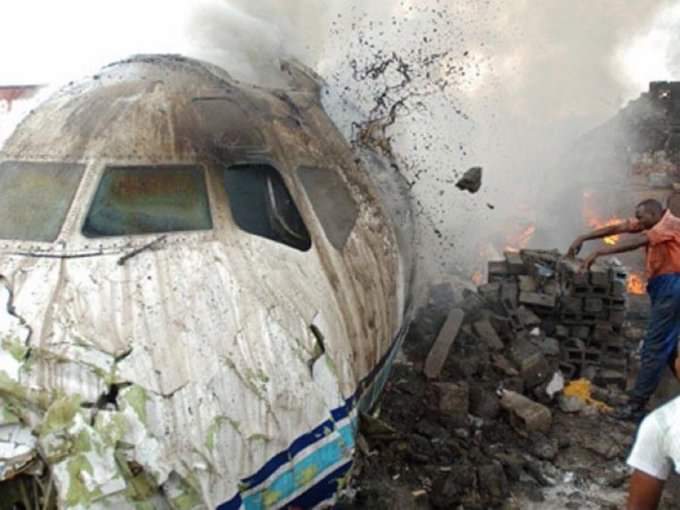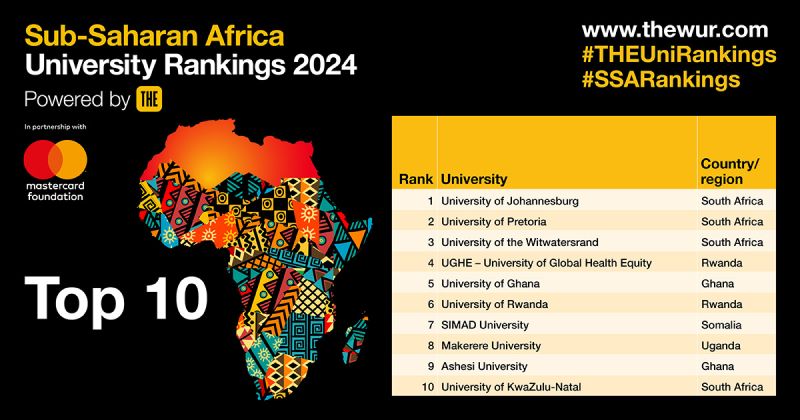The Sosoliso Airlines Flight 1145 crash on December 10, 2005, at Port Harcourt International Airport in Nigeria, stands as a stark reminder of the human toll when aviation safety falters. Carrying over 110 individuals, predominantly students from Loyola Jesuit College, the McDonnell Douglas DC-9 crashed during a landing attempt amid poor weather conditions.
As we commemorate the anniversary of this tragic incident, it becomes imperative to reflect on the lessons learned and outline strategies to prevent such devastating events in the future.
1. Technological Advancements:
In the wake of the Sosoliso tragedy, a call for continual investment in cutting-edge aviation technology echoes through the industry. Advanced navigation systems and collision avoidance technologies are pivotal in reducing technical failures that can lead to catastrophic incidents. These innovations serve as a shield against the unpredictable challenges posed by adverse weather conditions and contribute to overall aviation safety.
2. Pilot Training and Human Factors:
Human error remains a significant contributor to aviation accidents. Rigorous and ongoing pilot training, including simulator sessions and stress management, is paramount. Adherence to strict duty hour regulations helps mitigate fatigue-related errors, ensuring that pilots remain vigilant and responsive during critical phases of flight.
3. Regulatory Oversight: Effective regulatory oversight is fundamental in maintaining and improving aviation safety standards. Strict enforcement of compliance with safety protocols, routine audits, and continuous updates to regulations are essential components of proactive safety measures. A robust regulatory framework fosters an environment where airlines and aircraft manufacturers are held accountable for adhering to the highest safety standards.
4. Maintenance and Inspections:
Proactive maintenance strategies and stringent inspection protocols play a crucial role in preventing technical failures. The adoption of predictive maintenance technologies allows for the identification and resolution of potential issues before they escalate into safety concerns. Regular and thorough inspections of aircraft ensure that they meet and exceed safety standards.
5. Communication and Collaboration: A culture of open communication and collaboration within the aviation industry is vital for improving overall safety. Establishing channels for sharing information about safety incidents, near misses, and lessons learned fosters a collective effort to enhance safety measures. Collaboration among pilots, air traffic controllers, maintenance crews, and regulatory bodies creates a robust safety net that minimises the risk of oversights.
The Sosoliso Airlines tragedy serves as a catalyst for change in aviation safety. When we start integrating technological advancements, rigorous pilot training, effective regulation, proactive maintenance, and industry collaboration, the aviation sector can significantly enhance safety measures. As we remember those who lost their lives in this heartbreaking incident, let their legacy be a driving force for continuous improvement in aviation safety standards. Only through a comprehensive and collaborative approach can we endeavour to prevent future tragedies and ensure that our skies remain safe for all travelers.
May the soul of the departed ones rest ad infinitum.











